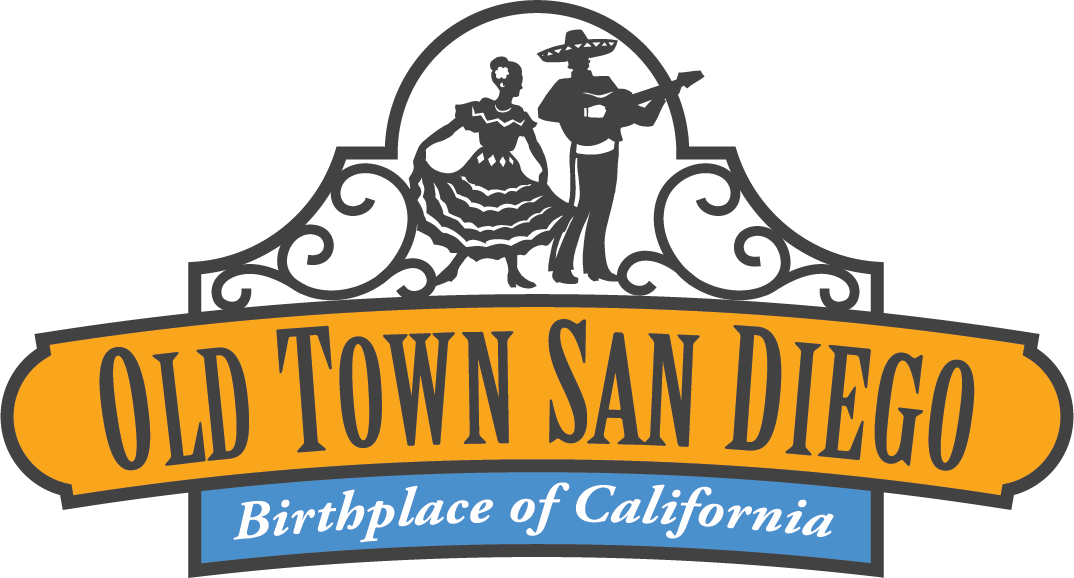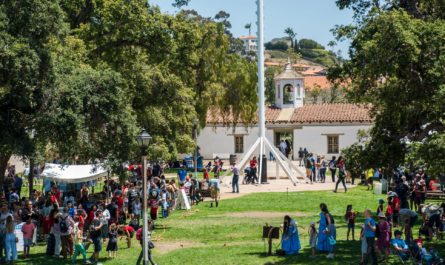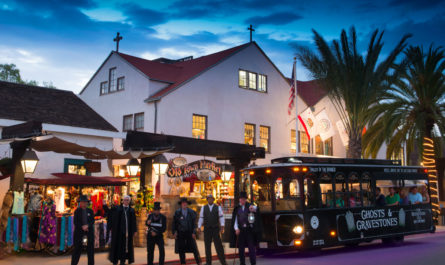Originally published in Journal of the California Missions Foundation.
Written by Paul G. Chace
Introduction
Father Junipero Serra’s heart carried a grave concern, a personal failure. The simple version of this grave story was revealed, apparently on his death bed, to his biographer, Father Francisco Palou. However, Serra, a man who wrote a multitude of letters, never, never, wrote of this failure (Tibesar 1955, Beebe and Senkewicz 2015:332). Palou’s simple story telling was, “… the ardor and zeal of our Venerable Father overflowed….” (James 1913:83). Why did Serra’s heart pour out this old sadness from decades earlier? Why?
The answer, it is here posed, Serra’s failure was laden for him with personal, heavy, emotions. Heretofore, the simple story did not recognize the deep emotional involvements between the two principles, Serra and Naguasajo. Naguasajo was the Captain (Kwaaypaay) of the Native Kosaii Kumeyaay village where the Spanish in 1769 established Alta California’s initial Presidio and where Serra began the first Mission. What really happened? The story becomes a tragic saga.
KEEP READING
About the Author
Paul G. Chace is a Trustee of the Presidio Heritage Trust of San Diego. He is a contributing author to the Trust’s PRESIDIO CITADEL NEWSLETTER promoting Old Town San Diego, with its rich multi-cultural heritage, in Native Kumeyaay territory. This citadel became California’s Capital in 1827 but that passed in three years. Interpreting the ever enduring but adapting lifeways of the Native Kumeyaay is a prime goal, never conquered and now with sovereign casinos. Chace received his Ph.D. (1992) in Anthropology at the University of California, Riverside. His career spans over 40 years, first as a museum curator, and then as the head of Paul G. Chace & Associates, a cultural resources consulting firm specializing in cultural resources management and preservation law. Elected a Fellow of the American Anthropological Association in 1976, Chace has served as President of the Society for California Archaeology and the Pacific Coast Archaeological Society.




